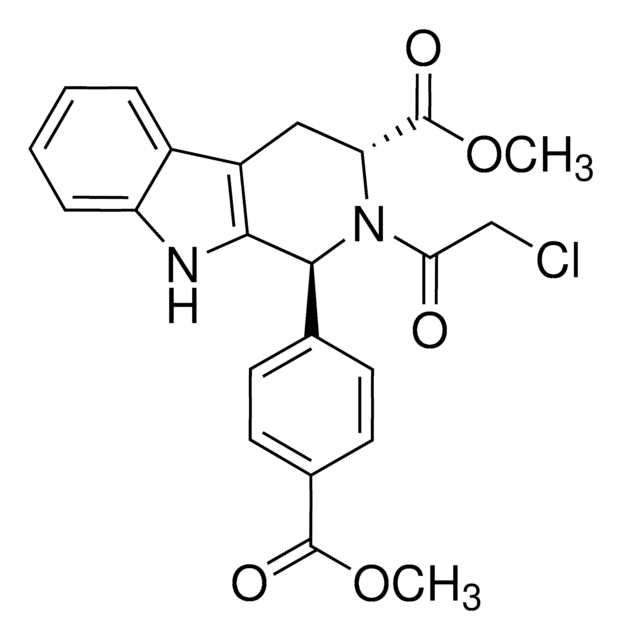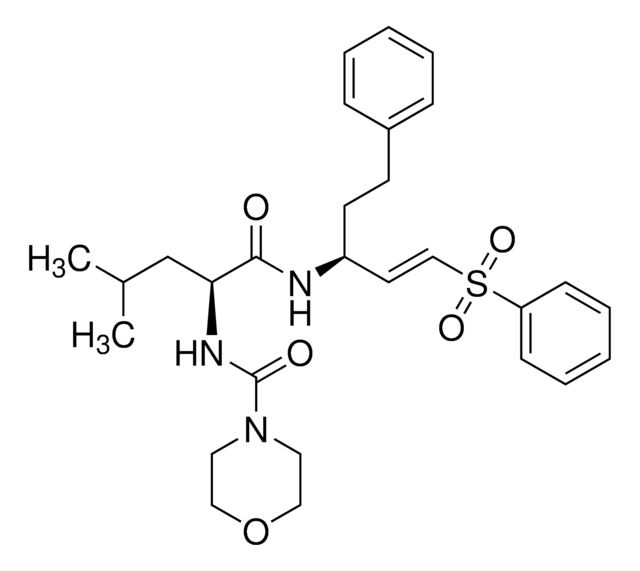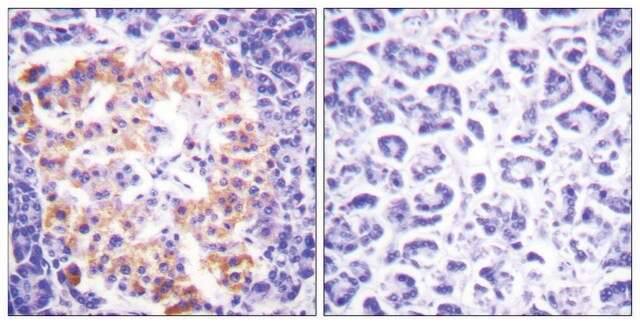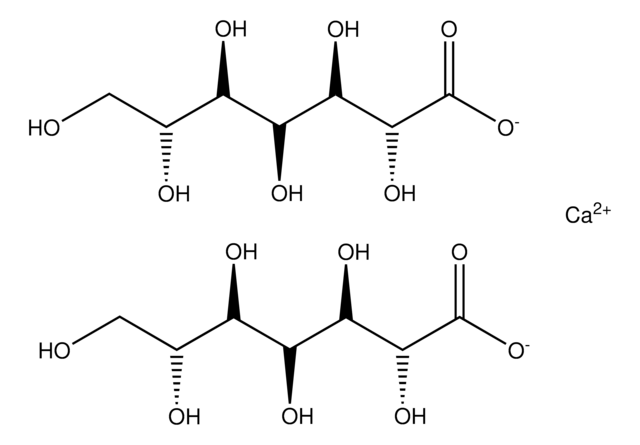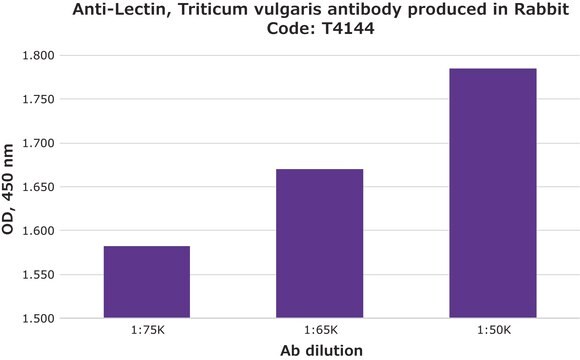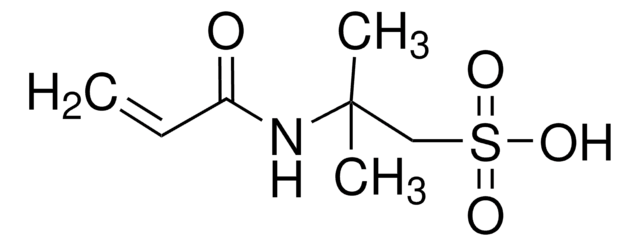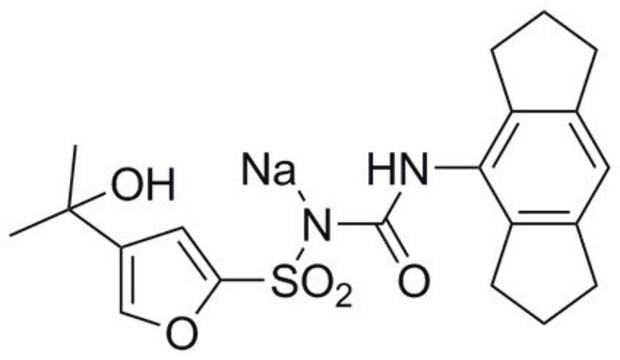SML0382
KU 0063794
≥98% (HPLC)
Sinônimo(s):
rel-5-[2-[(2R,6S)-2,6-Dimethyl-4-morpholinyl]-4-(4-morp holinyl)pyrido[2,3-d]pyrimidin-7-yl]-2-methoxybenzenemethanol
About This Item
Produtos recomendados
Nível de qualidade
Ensaio
≥98% (HPLC)
Formulário
powder
cor
white to beige
solubilidade
DMSO: >2 mg/mL (warmed)
temperatura de armazenamento
2-8°C
cadeia de caracteres SMILES
COc1ccc(cc1CO)-c2ccc3c(nc(nc3n2)N4C[C@H](C)O[C@H](C)C4)N5CCOCC5
InChI
1S/C25H31N5O4/c1-16-13-30(14-17(2)34-16)25-27-23-20(24(28-25)29-8-10-33-11-9-29)5-6-21(26-23)18-4-7-22(32-3)19(12-18)15-31/h4-7,12,16-17,31H,8-11,13-15H2,1-3H3/t16-,17+
chave InChI
RFSMUFRPPYDYRD-CALCHBBNSA-N
Aplicação
- as a mammalian target of rapamycin (mTOR) inhibitor to study the effects of follicular stimulating hormone (FSH) in mTOR phosphorylation and vascular cell adhesion molecule-1 (VCAM-1) expression in human umbilical vascular endothelial cells (HUVECs)
- as a mTOR inhibitor to treat effector memory (EM) CD8+ T cells for metabolic flux analysis
- as an autophagy inducer to demonstrate the utility of p62 and LC3B-II quantification in HEK293T cells and primary cultures of rat neurons and astrocytes using time-resolved fluorescence resonance energy transfer (TR-FRET)
Ações bioquímicas/fisiológicas
Características e benefícios
Código de classe de armazenamento
11 - Combustible Solids
Classe de risco de água (WGK)
WGK 3
Ponto de fulgor (°F)
Not applicable
Ponto de fulgor (°C)
Not applicable
Escolha uma das versões mais recentes:
Certificados de análise (COA)
Não está vendo a versão correta?
Se precisar de uma versão específica, você pode procurar um certificado específico pelo número do lote ou da remessa.
Já possui este produto?
Encontre a documentação dos produtos que você adquiriu recentemente na biblioteca de documentos.
Protocolos
Sigma-Aldrich offers many products related to PKB/Akt for your research needs.
Nossa equipe de cientistas tem experiência em todas as áreas de pesquisa, incluindo Life Sciences, ciência de materiais, síntese química, cromatografia, química analítica e muitas outras.
Entre em contato com a assistência técnica